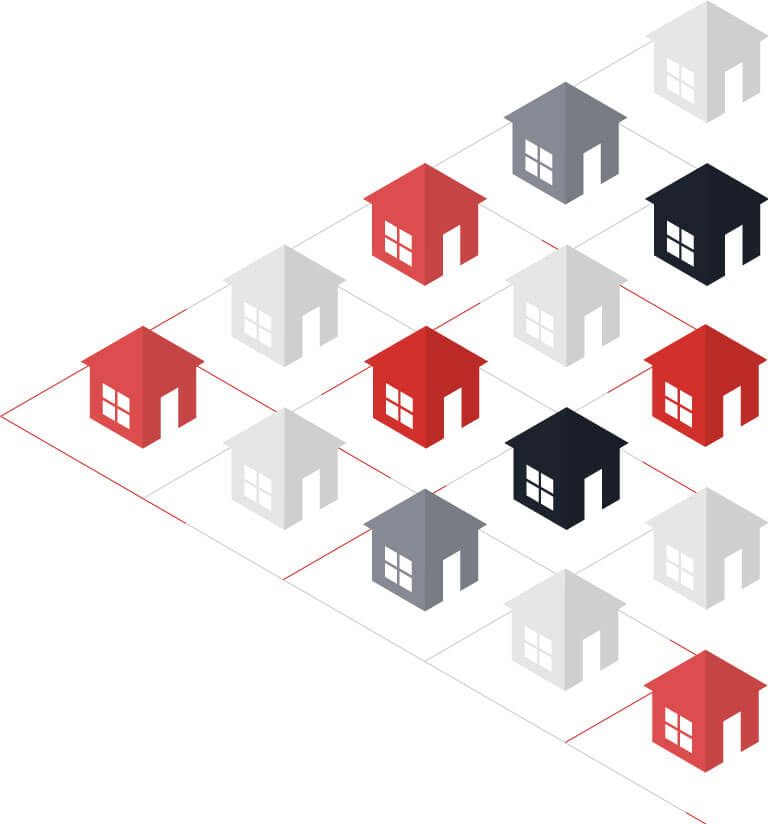“Gigabit” is the Internet dream. It means connectivity at blazing-fast speeds, with enough bandwidth for any device imaginable, where the online world is your oyster. Cable is rapidly making this dream a reality by making gigabit Internet service available to consumers.
Looking back just a couple of years, the prospect of widely available gigabit service was unimaginable. As of December 2016, only 4% of US housing units had cable gigabit available. In just fifteen months, cable operators in the US have increased that number by 14X. CableLabs regularly surveys our members, and we know that as of March 2018, 56% of US housing units – 66% of the cable broadband footprint – had gigabit service or better available from their local cable operator. That number is poised to climb higher as DOCSIS 3.1 technology is deployed across cable networks.
But, This is Only the Beginning of the Story
CableLabs and the cable industry are investing in further network innovations to enable broadband technology to stay well ahead of customer demand for years to come.
Over the past 35 years, available consumer Internet speeds have followed what is known as Nielsen’s Law, increasing at roughly a 50% compound annual growth rate. Gigabit service is just the latest step in the history of ever-increasing speeds. If past is prologue, we can expect to see the availability of 10-gigabit service offerings around 2024, enabling experiences that are difficult to imagine today.
Pushing the Gigabit Internet Envelope
The cable industry is preparing for our ever-faster future. We’re examining each segment of the network and developing new technologies to advance the performance of cable networks. The main elements of our work to drive further capacity and performance are:
- DOCSIS: CableLabs is currently working to commercialize the next generation of DOCSIS technology. Full Duplex DOCSIS 3.1 will enable cable operators to provide symmetric gigabit service to customers – eliminating the upstream constraint and fully unleashing the power of cable.
- Fiber: To ensure sufficient capacity in the fiber portion of the cable network, CableLabs has focused on adapting coherent optics. Coherent optic technologies have the potential to increase the per-strand capacity in cable networks by orders of magnitude over currently available digital optics technologies. This is an essential element in cable’s fiber-rich networks to deliver greater performance for consumers.
- Wireless: We all experience our broadband service through our Wi-Fi connection. So, our ability to take full advantage of cable network advancements depends on the performance of that Wi-Fi connection. To ensure the reliability and improve the overall performance of Wi-Fi, CableLabs has developed protocols for Wi-Fi proactive network maintenance (Wi-Fi PNM) to quickly solve connectivity problems, advanced global standards for Wi-Fi to usher in next-generation technologies, and increased wireless bandwidth through spectrum policy engagement.
The continued innovations of CableLabs and the cable industry have enabled cable operators to provide broadband service that is well ahead of consumer demand. Cable networks are high-capacity, efficient, and future-ready to meet ever-increasing consumer demand for broadband performance.
For more information on how the cable industry is driving gigabit speeds from the lab to the consumer, please click below.
